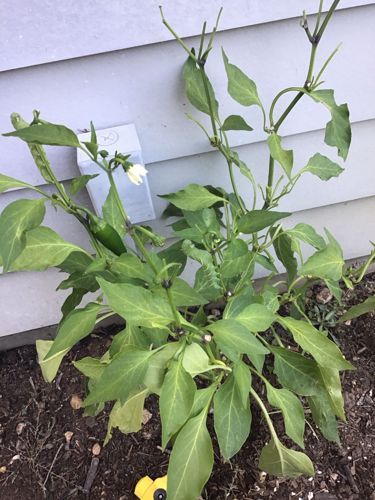Aphid
Scientific Name: Various species within the family Aphididae
Order & Family: Order Hemiptera, Family Aphididae
Size: Typically 1-4 mm (0.04-0.16 inches) in length, varying by species.

Natural Habitat
Aphids are found worldwide in almost any terrestrial habitat where plants grow. They thrive on agricultural fields, home gardens, greenhouses, and wild plant populations. They are particularly prevalent in temperate and subtropical regions.
Diet & Feeding
Aphids feed by piercing plant tissues with their stylets (mouthparts) and sucking out nutrient-rich sap from the phloem. They primarily feed on sap from a wide variety of plants, including vegetables, fruits, ornamentals, and agricultural crops.
Behavior Patterns
Aphids reproduce rapidly, often through asexual reproduction (parthenogenesis), where females give birth to live young without mating. This allows populations to grow very quickly. They are often found in colonies on the undersides of leaves or on new growth. They can produce a sugary substance called honeydew, which attracts ants and can lead to sooty mold growth on plants.
Risks & Benefits
Risks: Aphids are significant agricultural and garden pests. Their feeding can cause stunted growth, distorted leaves, yellowing, and wilting of plants. They also excrete honeydew, which promotes the growth of black sooty mold that can inhibit photosynthesis. Furthermore, aphids are vectors for many plant viruses, transmitting diseases from one plant to another. Benefits: In certain ecosystems, aphids can be a food source for beneficial insects such as ladybugs, lacewings, and parasitic wasps, which helps to naturally control their populations.
Identified on: 8/16/2025